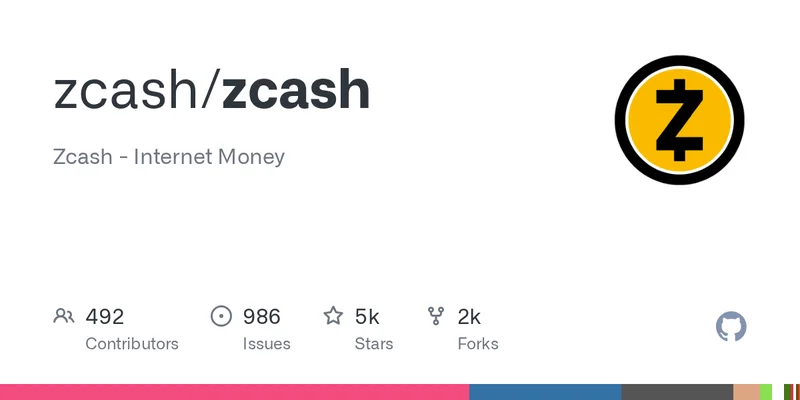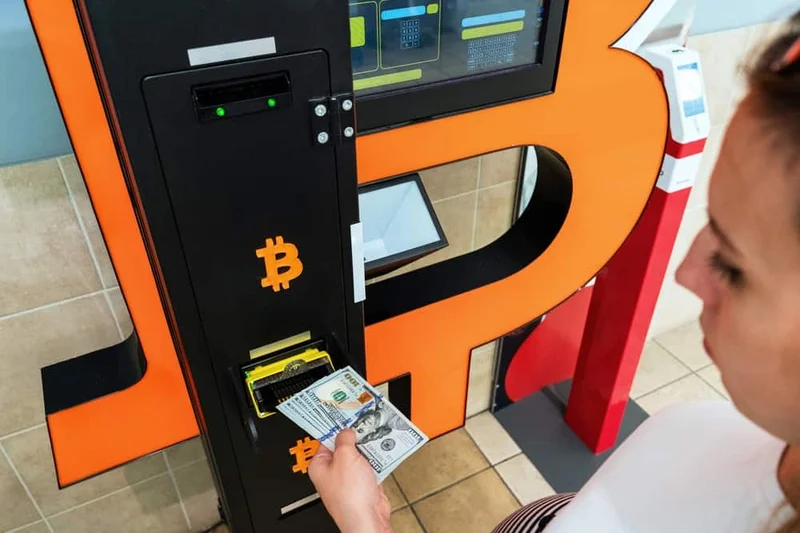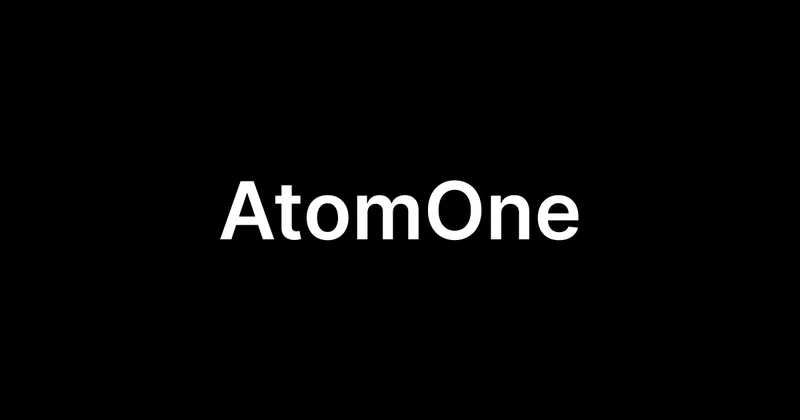TransUnion Data Breach: What Happened and How to Freeze Your Credit
The number, when it finally arrived, was 4.4 million.
On August 28, TransUnion, one of the three pillars of the U.S. consumer credit reporting apparatus, publicly confirmed a data breach. The personal data of 4.4 million American consumers was exposed. In the ecosystem of data breaches, this is a mid-tier event—not as catastrophic as the 2017 Equifax event, but significant enough to warrant a close, dispassionate analysis. The headline figures, however, rarely contain the most salient information. The real story is almost always found in the metadata, specifically in the timeline.
The cyberattack occurred on July 28. TransUnion’s internal systems detected the intrusion two days later, on July 30. The public confirmation, as noted, was issued on August 28. This sequence presents a 29-day delta between internal discovery and public disclosure. A full month. In that intervening period, 4.4 million individuals were operating with an information deficit, unaware that their personal data was compromised and potentially in circulation.
Corporate crisis management playbooks dictate a period of internal investigation, and a degree of delay is expected. But a 29-day lag invites scrutiny. What occurs during such a window? Legal teams are consulted, forensic analysts are deployed, and a communications strategy is meticulously crafted. The final statement released to the public is the result of this process—a carefully engineered narrative designed to simultaneously inform and insulate.
TransUnion’s narrative hinges on a critical distinction. The company was quick to state that the breach originated from a third-party application and, crucially, “did not involve TransUnion’s core credit database or credit reports.” This is the central pillar of their defense. The `transunion credit report` you worry about, the one that generates your `transunion credit score`, was supposedly safe. The implication is that the castle walls were not breached; rather, a tradesman with a key to an outbuilding was robbed.
I've reviewed dozens of these corporate breach notifications over the years, and the linguistic choices are always deliberate. The phrase “did not involve TransUnion’s core credit database” is a masterclass in technically-true-but-practically-misleading statements. It’s designed to calm lenders and institutional partners who rely on the integrity of the core `transunion credit` file. For the consumer, however, the distinction is largely academic. Whether your data was stolen from Server A or integrated Application B, it is still stolen. The risk profile is altered, regardless of the data’s original storage location.
This brings us to a methodological critique of the corporate framing. In an era where business operations are a web of interconnected APIs, cloud services, and third-party SaaS platforms (a recent Reuters report highlighted a surge in attacks targeting company Salesforce databases, a prime example of this vulnerability), what constitutes a "core" system versus a "peripheral" one? The perimeter is no longer a clearly defined wall. It is a porous, distributed membrane. To argue that a breach is less severe because it happened in an "adjacent" system ignores the functional reality of modern data architecture. The data was entrusted to TransUnion, and TransUnion’s security apparatus—which includes its vendor vetting and third-party integration protocols—failed.

A Masterclass in Managed Liability
Anatomy of the Response
The corporate response follows a predictable, well-worn script. Affected individuals are offered two years of free access to TransUnion’s own myTrueIdentity credit monitoring service. A fraud assistance line has been established (the `transunion number` is 800-516-4700, for those interested), operating on standard Eastern Time business hours.
Let’s deconstruct this offer. Providing a credit monitoring service is now the default, non-negotiable minimum for a consumer-facing data breach. It is less a gesture of goodwill and more a cost of doing business, a line item in the crisis PR budget. The offering is also, conveniently, a product sold by the company that suffered the breach. This creates a feedback loop where the solution to a problem created by the company is to increase consumer engagement with the company's ecosystem. The value proposition is clear for the corporation; for the consumer, it’s a consolation prize for a risk they never agreed to assume.
The more effective, albeit drastic, consumer response is a `credit freeze`. A `transunion freeze`, like an `experian freeze` or an `equifax freeze`, locks down your credit file, preventing new lines of credit from being opened. It is the digital equivalent of putting your valuables in a bank vault. The monitoring service, by contrast, is a security camera that alerts you after the vault has been emptied. One is preventative; the other is reactive. It is interesting that the corporate solution pushed is always the reactive one.
The available data on public reaction to the `transunion data breach` is, at present, nonexistent. (This is a common feature of initial reporting, which focuses on the corporate statement before qualitative sentiment can be aggregated.) We don't know the tenor of the calls to the `transunion phone number` or the sentiment on social platforms. We only have the company’s version of events and the hard numbers. And the numbers tell a story of calculated delay and carefully managed liability.
The entire business model of TransUnion, along with `Experian` and `Equifax`, is the aggregation and monetization of consumer financial data. They are, in essence, massive data trusts. The implicit contract with the consumer (who, it must be said, is the product, not the customer) is that this data will be held securely. Every breach, regardless of its point of origin, chips away at the credibility of that contract. The question isn't just about this specific `transunion breach`, but about the systemic risk inherent in centralizing so much sensitive information. We have created a trio of single points of failure, and we are now witnessing the inevitable, recurring consequences.
---
The Asymmetry of Risk
My final analysis is this: The consumer bears 100% of the risk and holds 0% of the control. TransUnion and its peers have created a system where they socialize the risk of a breach across millions of consumers while privatizing the profits from the data itself. The 29-day delay between discovery and disclosure is the most telling metric in this entire event. It represents a period where the company’s risk (legal, reputational, financial) was being meticulously managed, while the consumer’s risk (fraud, identity theft) was left entirely unmanaged. The two years of credit monitoring isn't a remedy; it's the price of a month's silence.
Reference article source:
Related Articles
Pi Network: Value Speculation vs. Testnet Reality
Generated Title: Pi Network's Big Play: Is ISO 20022 a Game-Changer or Just Noise? There's a specifi...
The UK's Pension System Glitch: Why This Critical Flaw Signals a Coming Reboot for Finance
It started, as these things often do, with a whisper. A rumor, carried on the digital wind, that the...
The Internet's Obsession With Julie Andrews: Why Everyone's Asking If She's Still Alive and What Her Legacy Really Is
So, Julie Andrews is 90. Is Julie Andrews still alive? Yeah, she is, and the internet is currently f...
Zcash's Breakthrough: Why It's Surging and What the Community Thinks Is Next
I have to be honest with you. For the past few years, watching the Zcash (ZEC) chart has felt like w...
Crypto ATMs: What They Are and Why They're a Total Scam
Your Neighborhood Bitcoin ATM is a Scam Magnet. Why Is Anyone Surprised? So, California finally slap...
The AtomOne Fork: An Analysis of the Co-Founder Split, the Controversy, and What the Data Shows
A search for the term "AtomOne" presents a clean, almost perfect, case study in technological diverg...





